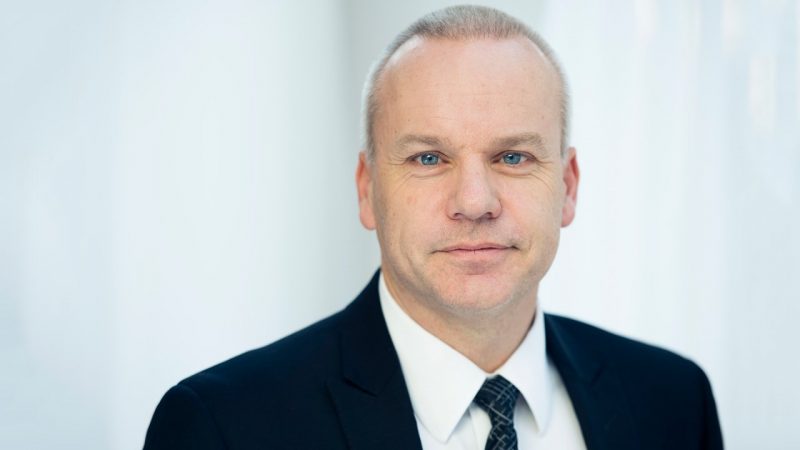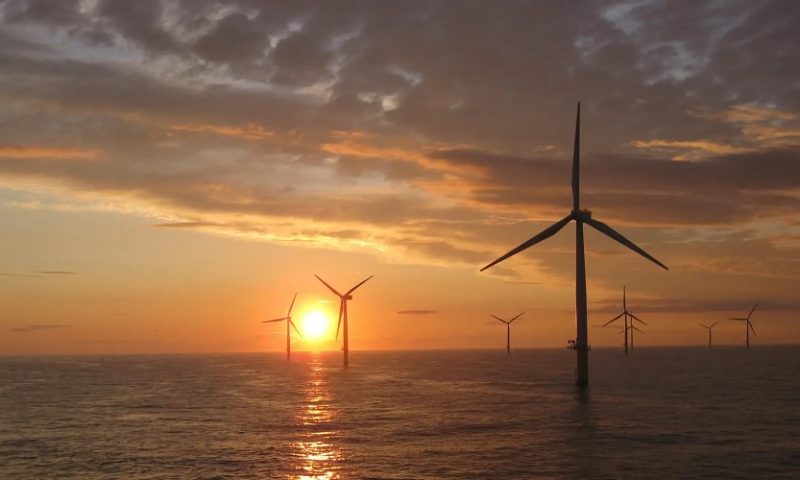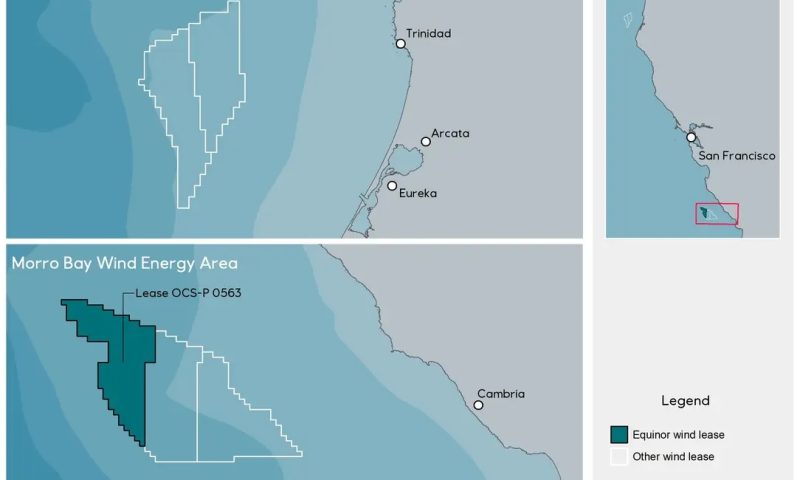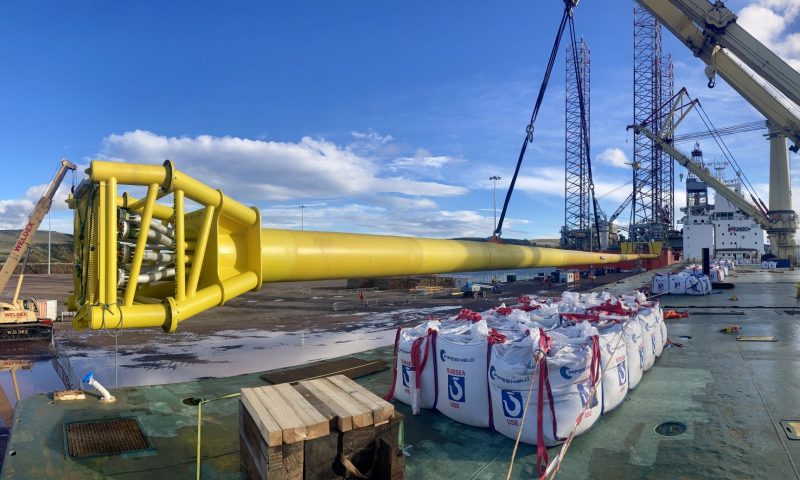
Exceeded Costs for Oil Transfer Terminal at Veidnes, North Norway
The Johan Castberg partners, consisting of Equinor, Vår Energi and Petoro, have studied a possible development of a downscaled ship-to-ship oil transfer terminal at Veidnes in Finnmark county in North Norway, and have concluded that the costs of constructing a terminal will be too high. The oil export from Johan Castberg will therefore go directly to the market, as described in the plan for development and operation (PDO).
In March 2018, the study of a full-scale oil terminal for the Barents Sea was shelved, and a new study of alternative solutions for ship-to-ship transfer of oil from the Barents Sea by a quay in Finnmark was initiated. Several solutions for ship-to-ship oil transfer in a fjord or by a quay were studied.
“In a demanding period for the industry we have managed to develop Johan Castberg into a profitable project. We have however not been able to develop a profitable export solution for the Johan Castberg oil involving a terminal at Veidnes. The partners are therefore discontinuing their studies of ship-to-ship oil transfer for Johan Castberg in Finnmark,” says Anders Opedal, executive vice president for Technology, Projects and Drilling in Equinor.

The studies have considered both current and future volumes. Based on volumes from Johan Castberg and Goliat the financial loss before tax is estimated at approximately NOK 3.6 billion, compared to oil export directly to the market. In a large-volume scenario, including other proven Barents Sea volumes, the financial loss before tax is estimated at slightly above NOK 2.8 billion.
“It is important to the licence partners that the petroleum activity helps create local spinoffs. We have indeed left no stone unturned to find economically viable solutions for a terminal, however we have not found the basis for pursuing the project. We will still continue the work of securing local spinoffs and jobs from the field both in the development and operating phases,” says Opedal.
Ship-to-ship oil transfer in Finnmark has been studied several times since the first draft project proposals for the Johan Castberg development were made. Early estimates indicated a much higher resource basis for the Johan Castberg area, however further exploration did not prove such resources. Based on factors such as the oil price drop in 2014 and higher uncertainty regarding phasing in of future Barents Sea volumes it was not possible to create positive net value for a land-based oil transfer terminal in Finnmark. The partners have made the decision of not constructing a ship-to-ship oil transfer terminal at Veidnes.
Ripple effects
Total regional employment effects in North Norway in the Johan Castberg development phase have been estimated at around 1,750 man-years, of which just over 700 man-years are in the North Troms and Finnmark regions. Annual regional employment effects in the operating phase are estimated at around 470 man-years in a normal operating year, of which 265 man-years are in North Troms and Finnmark.
It has previously been decided that the supply and helicopter base for Johan Castberg in the development and operating phases will be in Hammerfest, and the operations organisation will be in Harstad. From the turn of the year the project will start a four-year drilling campaign to drill a total of 30 wells on the field. The supply base for the Transocean Enabler drilling rig will also be in Hammerfest.
The Johan Castberg partners are furthermore looking at the need for stepping up the capacity for operational training and emergency response for the Barents Sea activities. The partners intend to use suitable facilities in Finnmark and are in dialogue with potential local collaboration partners. The operation of these activities is expected to create 5-10 local man-years. The upgrading will mainly meet the need of the Johan Castberg development.
The Johan Castberg project has stated that it aims to have as many offshore staff members as possible with a home address in Finnmark.
The Johan Castberg licence partners are Equinor (50%), Vår Energi (30%) and Petoro (20%).












